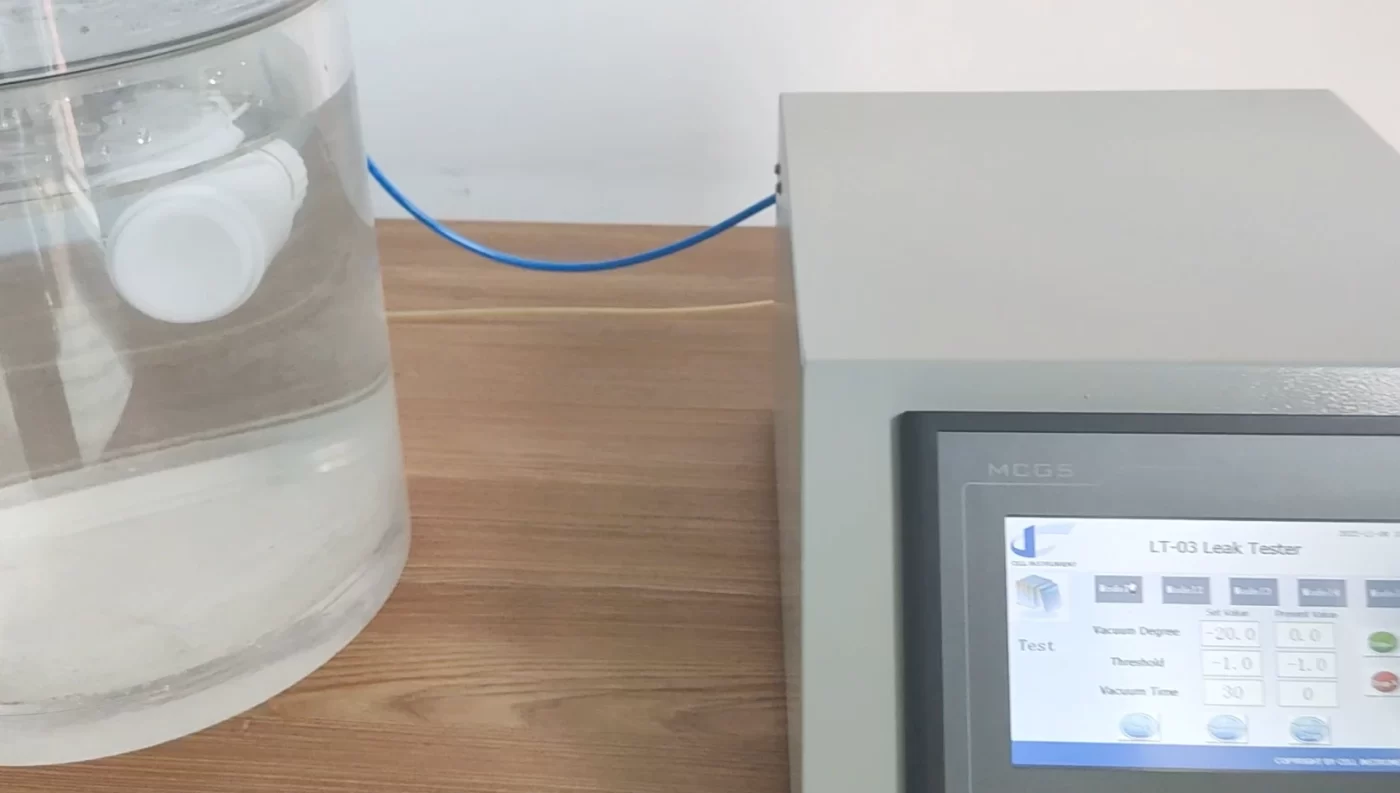LT-02 noplūdes testeris
The LT-02 noplūdes testeris ir augstas veiktspējas automātisks vakuuma testēšanas risinājums, kas īpaši izstrādāts elastīga iepakojuma noplūžu noteikšanai, jo īpaši lietojumos, kur ir gāze. Šo aprīkojumu parasti izmanto pārtikas, dzērienu, farmācijas un citās nozarēs, kur iepakojuma uzticamība ir būtiska produktu kvalitātes uzturēšanai.




